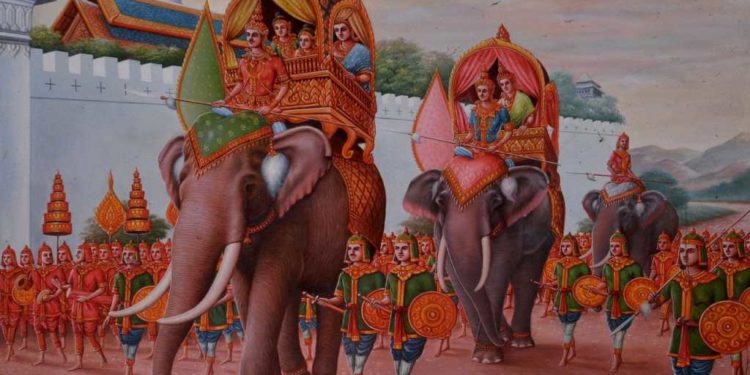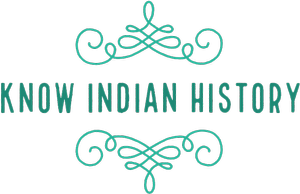
The study of social structures is essential in understanding the nature of human behavior and society. Cultural structures include arrangements for sexual reproduction, child care, marriage, and kinship relations. These systems also serve as the basis for systems of symbolic communication. The role of social structures is to facilitate interactions between people, which in turn contributes to the formation of societies. This article will discuss the different types of social structures and their relationship to human behavior. Listed below are some examples of cultural and social structures.
The concept of social structures originated from Alexis de Tocqueville, but it was not used until the late nineteenth century. Later, structural concepts were introduced by Karl Marx, Herbert Spencer, and Ferdinand Tonnies. Emile Durkheim and Max Weber were also important contributors to the study of social structures. In 1905, Tonnies published The Present Problems of Social Structure. He argued that social structures emerged when the multitude gathered into a unity.
After family, the next major component of social structures is the family. This type of institution is the nucleus of a social structure. Its pattern differed depending on the region. The first of these is the family. The second is the group of friends. The third is the community of friends. All three are interdependent. However, they differ from each other in ways that make them different. This makes them different from one another.
The next component of social structures is groups and organizations. These are discussed extensively in Chapter 6: The Role of Organizations in a Society. This part of the book explores the function of groups and organizations within society. Most of the authors admit that their framework is not perfect but that the concept can be understood in a more general sense. Once you understand the relationship between these two types of social structures, it will be easier to analyze the dynamics of change in the society.
In the last decade, the British Indian empire was a proto-international society. A good historiography of the empire readily acknowledges this framework. It describes this society as a system of interactions among six agents. The six agents represent the different social groups in a culture. The emergence of a culture is a result of the interaction between these agents. Historically, the caste hierarchy in a culture is more or less stable than it is in a society.
While Vaidyanathan’s view of the caste system does not contradict the findings of many researchers, he does suggest that it is a product of the Abrahamic tradition. The Abrahamic tradition advocates for homogenization of society. The caste system would have been too different for colonizers to have designed it this way. Thus, a culture’s social structure is a product of its history. Its history is constructed to suit the interests of its colonial powers.
